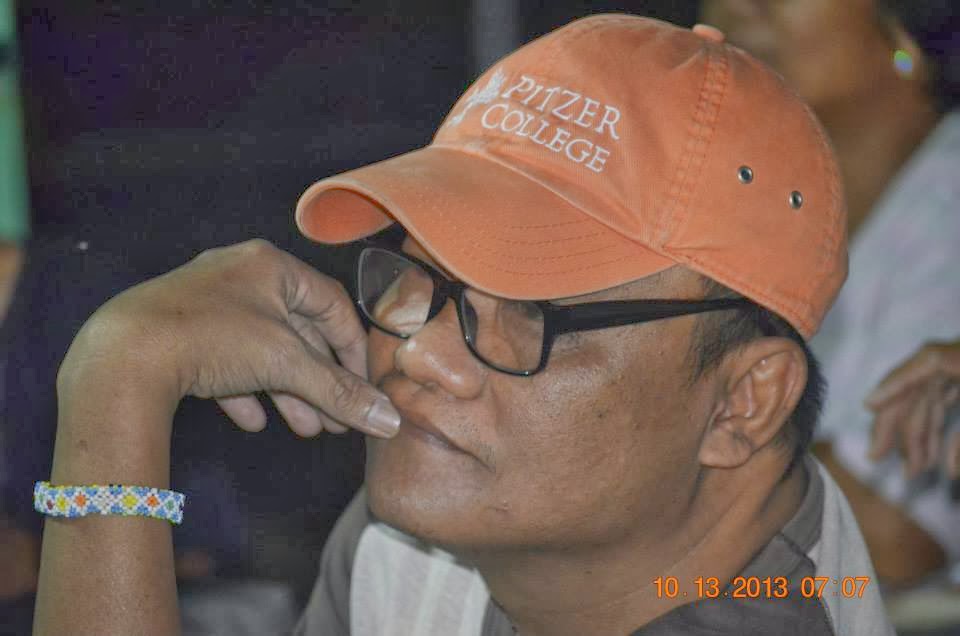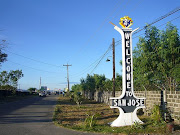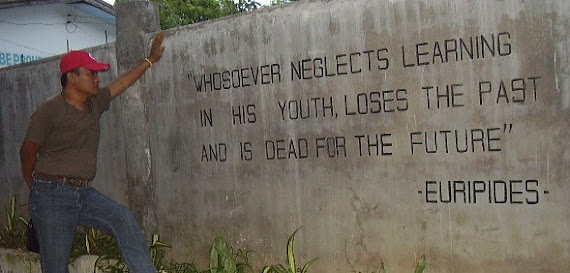
Is the 1986 EDSA People Power relevant to Occidental Mindoro? Are we, people of Occidental Mindoro, able to nourish and flourish the seed and richness of such great historic event and spirit? All I know is there are college students today, when asked questions such as these, would automatically quip, “Whatever!”
On the other hand, is Ferdinand Marcos for you (based on whatever and whichever information you have) a deliverer from under development or a dreaded dictator, or both? All I know is there are a lot of politicians that learned a lot from him because they went through the same channel.
To describe in a sentence or two the political stint of Marcos, he began his career with the murder of Julio Nalundasan, his father’s political rival, in 1935 and ended with the assassination of Benigno S. Aquino, Jr. in 1983. Though he denied his participation is said killings, many people believe that he had a personal hand on these. Those who gathered at EDSA 25 years ago today believe that his entire political life was based on fraud, deceit, and plunder, and his two decades as president have come to epitomize the worst excess of autocratic rule.
Though Marcos and his local allies allegedly masterminded election frauds such as ballot switching and despite his generally perceived notoriety, his first term as head of state was not a bad one. He allocated a large sum of budget for improvement of infrastructure such as buildings, streetlights, recreation centers, among many projects. Based on such performance, especially infrastructure, therefore Marcos was re-elected to a second term.
Under Marcos, the heydays of clannish system in Philippine politics began. This is exactly the same situation we are experiencing in Occidental Mindoro today. The clannish political system still exists. And that was no longer Marcos’ fault. It’s my fault as a voter and as a citizen. It is our fault. To many, especially for those who benefit from a politician, it does not matter if his/her patron is a bureaucrat- capitalist as long as s/he delivers visible projects such as infrastructure.
After the so-called EDSA Revolution, almost all national, provincial and municipal officials were replaced by President Corazon Aquino as Officers in Charge (OIC). Peter O. Medalla, Jr., became the province’s OIC Governor. Unlike in Oriental Mindoro, where high tension situation ensued between OIC-Governor Benjamin “Chippy” Espiritu and the incumbent Hicoblino Catly, the transition between Madalla and Arsenio Villaroza became peaceful. Villaroza was a political ally of Marcos and served as governor from 1960 to 1986.
Medalla is a protégée of Vice President Salvador Laurel and at the same time one of the officials of United Democratic Opposition (UNIDO) in the province. Remember that Aquino and Laurel, though the former was a Lakas ng Bayan (Laban) bet, as part of agreement then of the two political parties, both campaigned under the Lakas-UNIDO coalition. In the 1988 regular election, Medalla became Governor together with Josephine Ramirez (now Sato), a lawyer by profession, as Vice Governor. And the rest became history for the San Jose born lady politician.
Try to imagine the fundamental events, the current issues that we are facing today in the province, the socio-political, economic and cultural realities in the province, and ponder on these questions: Are we ready to honor the memory of EDSA by pursuing transparency in governance regardless who will be side swept in the process? Are we learning and spreading its lesson by amplifying the voice of the silent majority than the authoritative voice of the politicians? Are we pursuing initiatives for change without political leanings? Are we actively living the values of EDSA in our community, work places or whatever we do here at Facebook? Do we have inspiring and deepening commitment to such spirit by focusing on the things that unite us instead of those that divide us?
And answering “Whatever” to these questions would lead us to nowhere as a people …
------
(Photo: Google Images)







